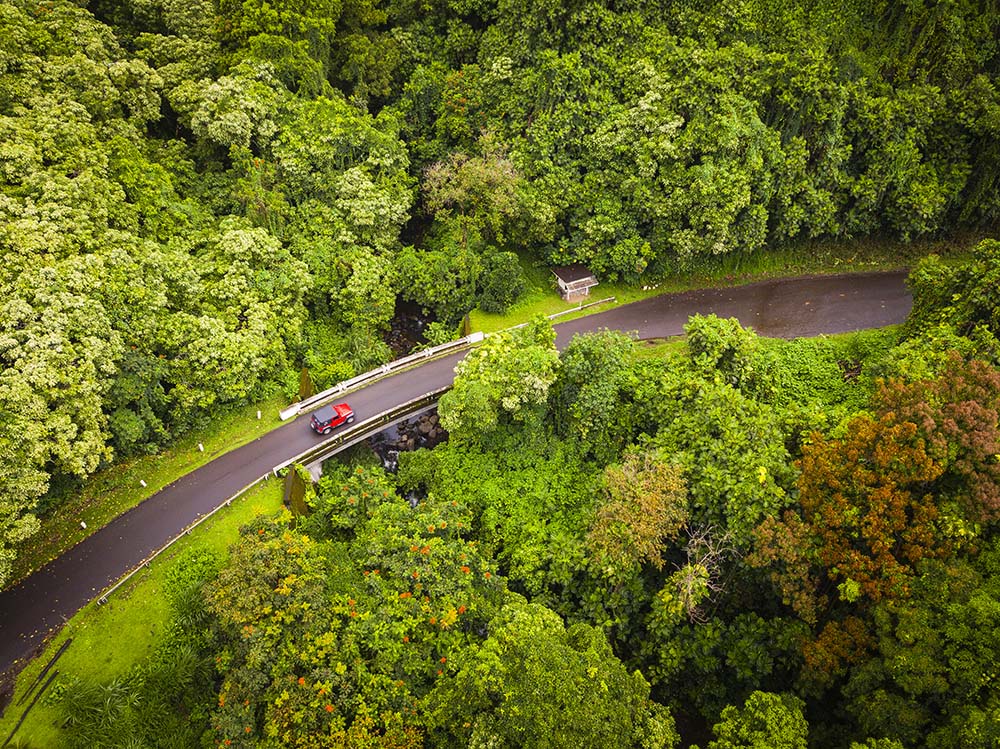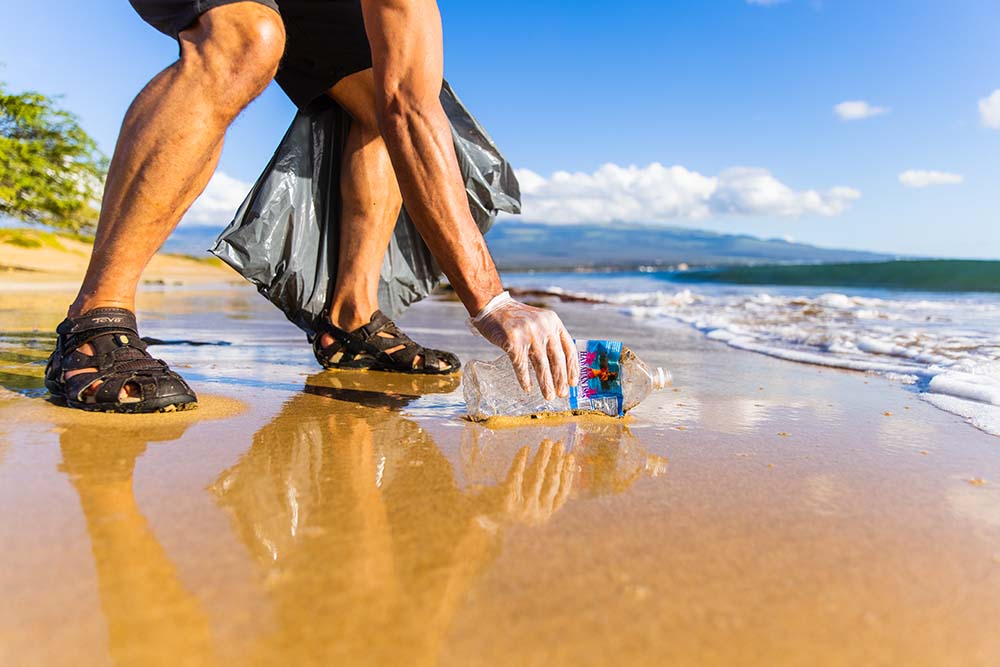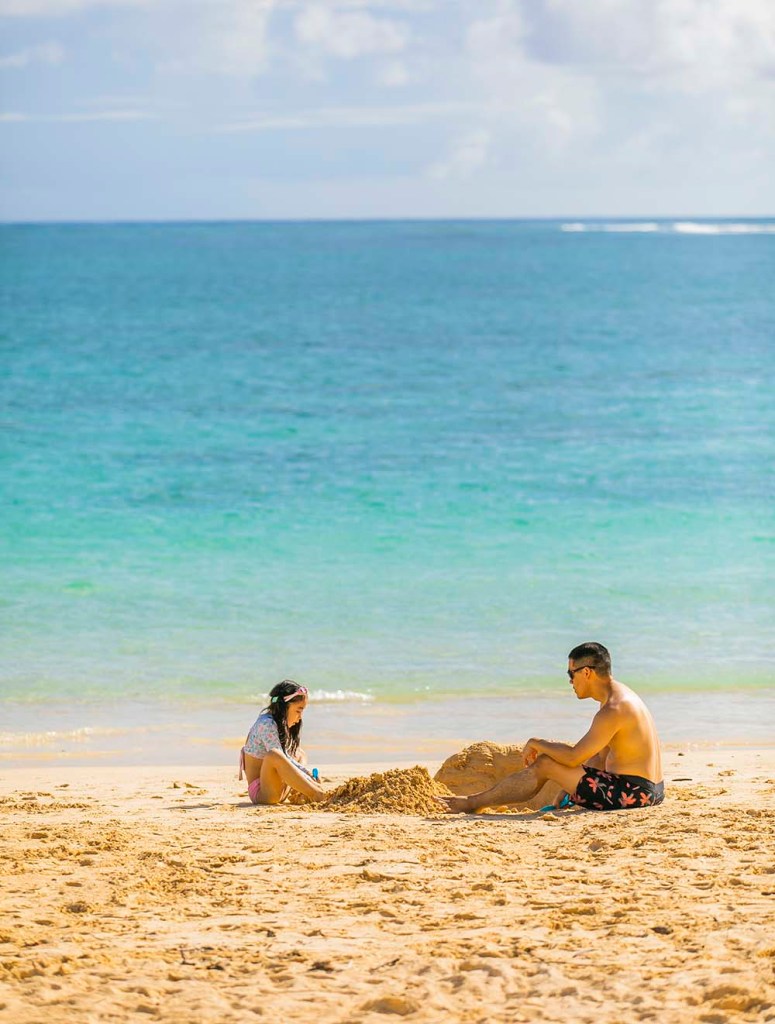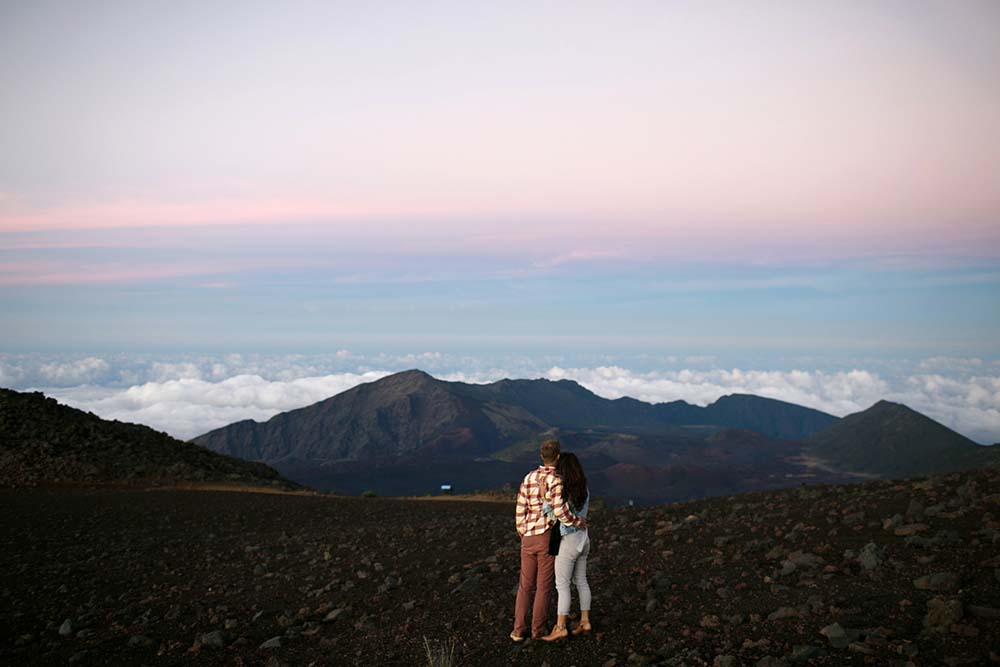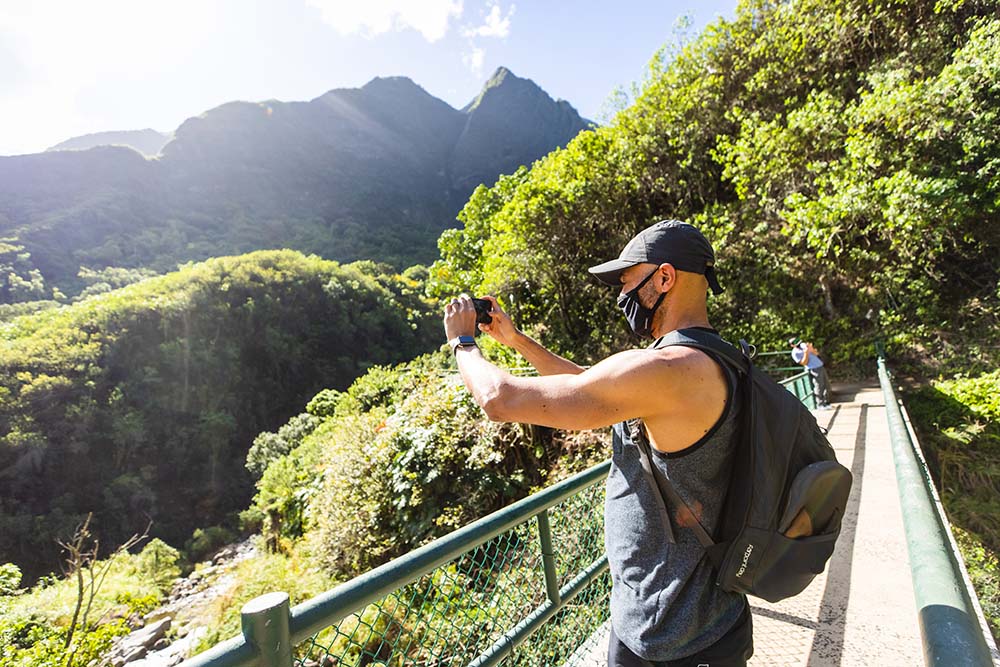5 ways to malama (care for) Hawaii
Share

There are plenty of reasons to visit Hawaii, from beaches to marine life, food and hiking—but what truly makes it special is the Aloha spirit—the presence and sharing of the essence of Hawaiian life. As visitors to Hawaii, it is our kuleana (responsibility) to honor the Aloha spirit by respecting and exercising malama (care) while you’re in the islands.
Here are 5 ways you can practice malama, each with a short video by the Hawaii Tourism Authority:
1. Embrace the culture.
The next time you visit, try honoring Hawaiian culture by: Learning the language. Olelo Hawaii means Hawaiian language. A native people’s language is the key to unlocking unique systems of knowledge and understanding. Try out a new common phrase or two the next time you’re in the islands.
2. Safety first — especially hiking trails!
The Hawaiian Islands are known for its natural beauty and it’s important to be mindful of the aina (land), when planning your next visit: Stay on track. When admiring scenic views on public trails, it’s key to stay on the designated path and avoid any edges that could lead to a collapse. Please do not hike on illegal trails—they’re blocked off for your safety and the safety of others.
3. Save the ocean one spray & sip at a time.
Gorgeous for photo ops, and even better for swimming in—the ocean is a vast place full of awe and wonder. That’s why, with many travelers visiting each year, it’s important that we each do our part to leave the ocean as healthy as we left it: Use reef-safe sunscreen & reduce plastics.
Seemingly small actions like switching out your sunscreen for a reef-safe option and reducing single-use plastics can add up, which can have a large impact on the ocean by protecting the living reef ecosystem and prevent microplastics from building up in the sea.
4. Watch the water and weather.
With its warm blankets of sand, glistening waves and swaying trees above, it’s obvious why Hawaiian beaches are the most sought-out experience when visiting. However, we must remember that the ocean is subject to winds of change so: Keep a close eye on conditions.
Even if the water may look calm, it’s important to look for any hazardous signs that may suggest a change in the rip current, like shore or wave breaks, and be aware of safe places to enter and exit the water.
5. Look, but don’t touch the sea critters.
The Hawaiian Islands thrive with sea life, and is home to countless marine creatures like turtles and reefs. It’s critical we protect them by keeping them safe: Look, but don’t touch.
Sea + land critters may be cute, but please don’t try to pick them up for an Instagram photo or for any reason. Marine animals like monk seals are amazing to admire from afar. Getting too close or attempting to touch a creature is not only unkind to disturbing them and their homes, but it is also illegal in Hawaii.
What malama means & why it matters to Alaska employees:

Throughout September as part of Native Hawaiian History Month, Alaska’s Pacific Islander Alliance (P.I.A.) employee resource group hosted & supported weekly sessions about Hawaiian culture, history, music & dance, language, the land and more. Attendees walked away from the series with a deeper understanding not just of what malama means, but why it matters.
When I think about what it means to malama Hawaii, I think of the warm embrace and unconditional aloha I receive when I am home. It’s the reason why we care, protect, serve, respect one another, and our aina. It’s that value of kindness that encompasses all. We have been in this restoration period in Hawaii where the earth’s preservation and natural resources are extremely important to us. When we care for our aina and its creatures, it will take care of us. Conveying this message through education and community involvement is a great foundation to awareness.
– Jill, Pacific Islander Alliance leader
I think of malama as a rallying call for both visitors and kamaaina (Hawaii native) to be active participants in caring for Hawaii. I was fortunate to have experiences in Hawaii during my youth that included volunteering at a loi (taro patch), to visiting patients at Shriner’s, to cleaning up around family burial plots at old cemeteries. As an adult now living out of state, the best way I can malama is to share Hawaii’s story by being one of its proud kamaaina voices that lives elsewhere, encouraging us all to treat the places we visit like an extension of our own home.
– Lucy, Pacific Islander Alliance leader
To me, malama makes me think of a thriving land that is full of people with gratitude and respect for one another and our space. To care is at the core of who we are as humans and it is a beautiful and essential act that we get to express towards one another. A lot of what we do in P.I.A. is rooted in malama: hosting events to bring our employees the best training, growth opportunities, and space to feel connected to each other, to the land as we promote positive interaction and insight to how we are culturally connected to our environment and our responsibility to leave a place better than how we found it, and to our communities through volunteering.
– Lindsay, Pacific Islander Alliance Leader.
Mahalo for understanding Hawaii’s unique restrictions
Hawaii’s state travel program is a multilayered approach designed to mitigate the spread of COVID-19 in communities across the Islands.
We thank you in advance for being mindful of putting public health first and following local guidelines such as wearing a mask while indoors or when unable to maintain physical distancing. To learn more about the protocols you will be asked to adhere to while visiting Hawaii, please visit https://hawaiicovid19.com/travel/.


